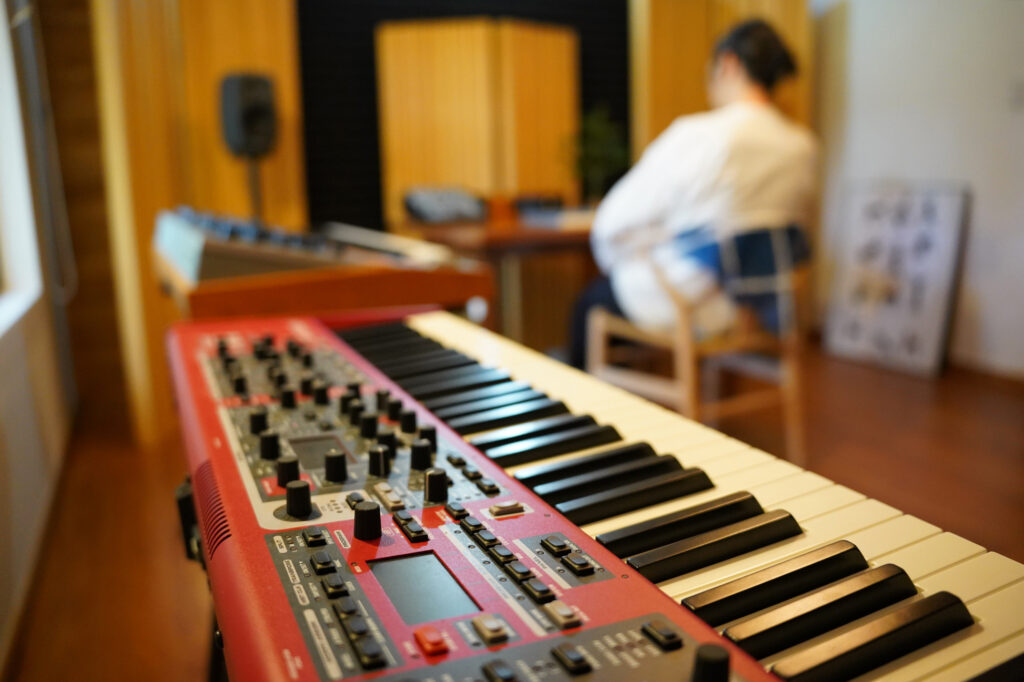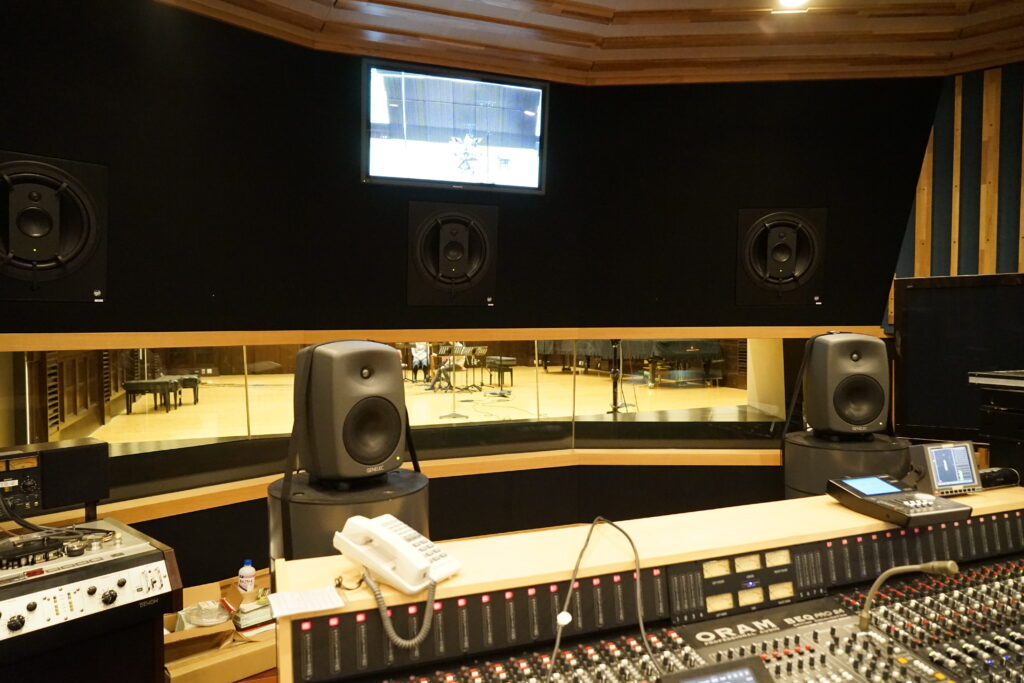
I would like to share some insights primarily drawn from November Steps (1967), a work for biwa, shakuhachi, and orchestra, by Tōru Takemitsu (1930-1996), one of Japan's leading contemporary composers and music producers.
Takemitsu also demonstrated exceptional talent in the field of film music.
The Sound of Tōru Takemitsu and Film Scoring

It is said that Takemitsu had an extraordinary sensitivity to sound—he could perceive every individual sound with such nuance and understand exactly what effect it would have.
Over the course of nearly 100 films, including Masaki Kobayashi's Kwaidan and Harakiri, Hiroshi Teshigahara's Woman in the Dunes and The Face of Another, Masahiro Shinoda's Pale Flower and Ballad of Orin, Akira Kurosawa's Dodes’ka-den and Ran, and Philip Kaufman's Rising Sun, Takemitsu skillfully incorporated Western instruments, traditional Japanese instruments, Southeast Asian folk instruments, electronic music, waltzes, and even rock music to elevate the cinematic experience. His contributions in supporting films through sound and music were highly acclaimed, and even after his passing, many screenings focusing on his music continue to be held.
Tarō wrote a thesis during his time at Tokyo University of the Arts, titled The Counterpoint of Image and Sound in Tōru Takemitsu's Film Music.
Takemitsu’s concept of the "counterpoint of image and sound" refers to a relationship where sound and music do not merely serve to enhance the realism of the images, but instead fuse at a higher level, creating a state where separating sound and image becomes impossible. In Kwaidan, for instance, a samurai gets lost in a haunted house, and the floor collapses beneath him. About two seconds after he falls, the sound kicks in, followed by the music. The timing is essential—without it, the scene loses meaning. It is only when the sound and image are experienced together that the scene becomes a single, cohesive film moment. Takemitsu’s film scores are filled with such moments.
Deeply impressed by Takemitsu’s methods, Tarō even wrote a thesis on the subject. While working on the soundtrack for Shogun, he felt that what Atticus and others who were in charge of the general's music and his team were trying to achieve was likely something similar.
“All I want is what fits this image.”
“I don’t need something that just feels nice—this isn’t about that.”
“I’m not looking for music that could be used in any other film.”
In the next installment, I’ll explore the making of the Shogun soundtrack and the effects Atticus and other international composers hoped to achieve with Gagaku (Japanese court music). I look forward to delving deeper into this fascinating subject.
Written by Atsuko Aoyagi / ao.Inc.
#DailyThoughts #JapaneseTraditionalMusic #Composition
#Gagaku #ComposingGagaku #NonMusic #GagakuPerformance
#FilmMusic #CinematicMusic #SpatialMusic #GagakuStories
#WhyIs #Gagaku #Layer #AndMysterious
#soundtrack #movie sound #effect #effects that gagaku brings to movie
#fourth movie sound #toru takemitsu